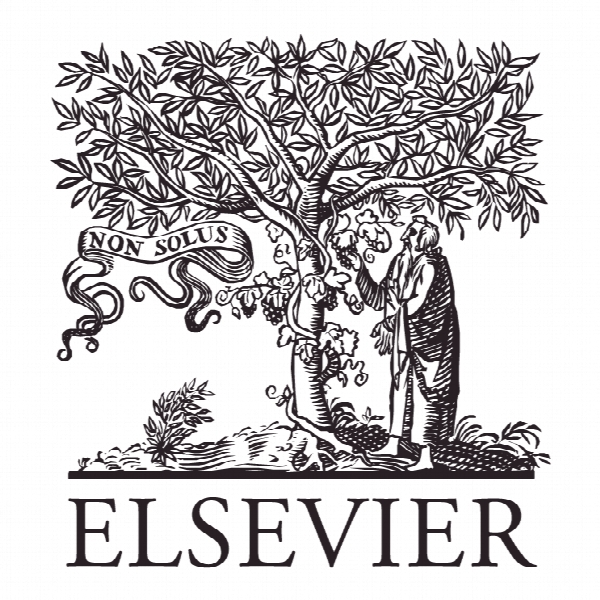تصویر خرده فروشی یکپارچه و چارچوب ارزش نام تجاری: بازنگری، گسترش و تجدید ساختار بازاریابی ارزش برند خرده فروشی An integrated retailer image and brand equity framework: Re-examining, extending, and restructuring retailer brand equity
- نوع فایل : کتاب
- زبان : انگلیسی
- ناشر : Elsevier
- چاپ و سال / کشور: 2017
توضیحات
رشته های مرتبط اقتصاد و مدیریت
گرایش های مرتبط بازاریابی، مدیریت کسب و کار MBA
مجله خدمات خرده فروشی و مصرف کننده – Journal of Retailing and Consumer Services
دانشگاه Lund University School of Economics and Management, Sweden
نشریه نشریه الزویر
گرایش های مرتبط بازاریابی، مدیریت کسب و کار MBA
مجله خدمات خرده فروشی و مصرف کننده – Journal of Retailing and Consumer Services
دانشگاه Lund University School of Economics and Management, Sweden
نشریه نشریه الزویر
Description
1. Introduction Several of the most valuable brands in the world are retailers. For instance, in the Interbrand (2016) listing of the top 30 global brands, four are pure retail brands (Amazon, H & M, IKEA, Zara) and another ten can be related to retailing either through flagship stores or branded dealerships (e.g., Apple, Nike, Samsung, Toyota). A similar pattern is found in the BrandZ (2016) ranking, which also includes retailers like the Alibaba group, Home Depot, and Walmart. The strategic importance of branding for retailers has been repeatedly highlighted in retail management research (e.g., Burt, 2000; Jara and Cliquet, 2012; Pappu and Quester, 2006). One crucial aspect of strategic branding is understanding, measuring, and evaluating brand equity (Keller, 1993). Brand equity is an important concept for retailers given its association with purchase behavior, market share, financial performance, and shareholder value (Aaker, 1991; Anselmsson and Bondesson, 2015; Keller and Lehmann, 2003; Srivastava et al., 1998; Swoboda et al., 2016). Given the intensified competition in the retail industry, a better understanding of retailer brand equity is strategically important for both retail management and retail performance (Arnett et al., 2003; Das et al., 2012; Keller, 2010; Londoño et al., 2017; Swoboda et al., 2013). The current conceptual and operational brand equity models capture various dimensions such as awareness, associations to quality and service, symbolic values, and consumer loyalty (Aaker, 1996). There are several examples of retailer equity scales, but because these scales are based on general models, they currently fail to capture important dimensions that are unique to the retailing industry. One major limitation of applying general brand equity models is that as they have been developed with the ambition of being universally applicable (e.g., Aaker, 1991; Yoo and Donthu, 2001; Yoo et al., 2000), they are often less useful for understanding specific industries (Anselmsson et al., 2007). Hence, many brand equity studies have focused on specific businesses (see Lassar et al. (1995), Martin and Brown (1990) and Washburn and Plank (2002)). We therefore argue that retailer specific dimensions should be better reflected in retailer brand equity measurement models. In particular, we suggest that elements of retailer image research, which examines retailer specific aspects, can be integrated into retailer brand equity models to extend and improve the existing frameworks (for similar suggestions see Ailawadi and Keller, 2004). It is unfortunate that such closely related research areas have not combined their knowledge and understanding but have developed separately over the years.


